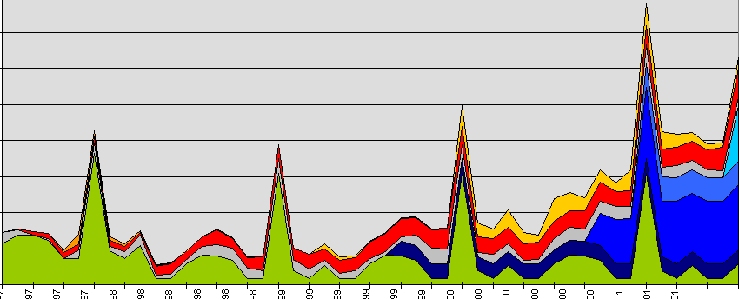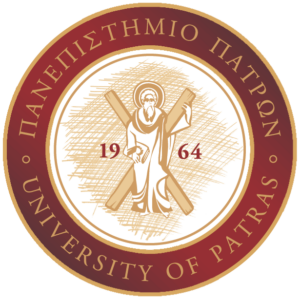Applied Econometrics

Course ID:
Semester: 8th
Year of Study:
Category: Economics Elective
For Erasmus Students: Ναι
Learning Outcomes
The main objective of the course is to connect the theoretical econometric concepts and models that the students are taught in the Econometrics course, with the practical application and analysis of econometric methods and models in a manner similar to that applied by the empirical researchers-economists. Students are familiarized with the basic tools of economists to quantify, measure and analyze economic data, relationships and phenomena using the econometric package gretl.
The course will analyze and process data from real economic data bases, as well as the use of appropriate econometric models, depending on the nature of the data (spatial data, chronological data, combination of two, etc.), to answer classic economic questions.
At the end of the course the students are expected to have a complete knowledge of the classical tools and techniques of the applied economic analysis and in addition to have developed the following skills:
- Computer skills – use of specialized open-source econometric software
- Communication skills – Ability to communicate the results of their analyzes with the presentation of papers.
Course Contents
In summary, the material to be covered – always at a practical level using as a main empirical tool the econometric software “gretl” – is the following:
Simple Linear Regression:
- estimation (least squares)
- coefficient interpretation (slope coefficient estimates)
- coefficient of determination
- testing statistical significance
- regression standard error
- forecasting
- functional formats and interpretations of estimated coefficients
Multiple Linear Regression Model:
- estimation, interpretation of partial slope coefficients
- coefficient of determination and adjusted coefficient of determination
- general linear framework of hypothesis testing (joint statistical significance etc using the F-statistic)
- partitioned regression, omission of relevant variables – introduction of unnecessary variables, direct, indirect and total effect, multicollinearity.
- Issues of heteroskedasticity and autocorrelation
- Introduction to Econometric analysis using time series data
Finally, practical application using gretl will be based on all three possibilities offered by the software:
- applications using the menu
- applications using the console
- applications using script files (introduction to programming)
Teaching Activities
Lectures at Computer Lab (3 hours per week)
Teaching Organization
|
Activity |
Semester workload |
| Lectures (3 hours per week x 13 weeks) |
39 hours |
| Hours for private study and preparation of home-works |
111 hours |
| Total number of hours for the Course (25 hours of work-load per ECTS credit) |
150 hours (total student work-load) |
Assessment
Written final exam in Greek
Optional individual small-scale exercises to familiase with the material presented using the Stata & R
Use of ICT
- Support Learning through the e-class platform
- Learning and using modern econometric software such as Stata & R for practice on all the taught techniques and the presentation of economic results


